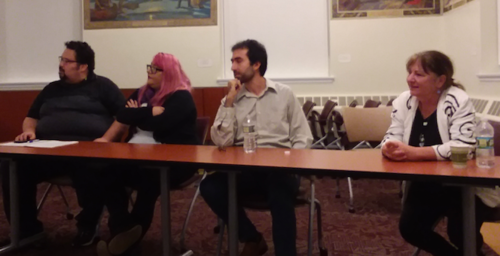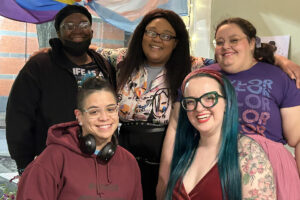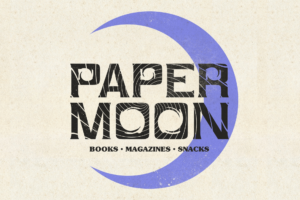By Octavia Findley
The Linda Norris Auditorium in Milne Hall was packed with students and faculty alike as the Science Fiction Symposium got underway. This event kicked off a weekend of film screenings, lectures, and student shorts, all under the banner of the 200th anniversary of Mary Shelley’s Frankenstein published, no less, on Halloween.
The first presenter was Timothy Sergay, nearly bursting with excitement with his love forStar Trekand its expanded universe, settled down long enough to talk about the canonicity of fan created texts and how the idea of the “Canon” is in and of itself flexible. After discussing the current state of affairs of the official Star Trekfranchise, he turned to recent developments in fanon. Fans are just as often capable of creating high quality content, and in some cases, the derivative can be just as good as the original. William Shatner and George Takei have endorsed fandom content with their cameos and acting, adding “prestige” to the text. Sergay defined canonicity in three parts, as “being divinely inspired, genuine, and authentic.” A text, whether generated via canon or fanon, has to found as canonical by the audience in order to be valuable.
The second presenter was Marcie Newton, who examined Frankensteinand The Left Hand of Darknessas examples of the genre’s ability to imagine characters, futures, and worlds where gender is not important. She phrased it as an essential trope of the genre: by removing or re-introducing our current ways of understanding ourselves in ways that give us pause, it causes estrangement, which allows us to reconsider how those structures work in their contemporary moment.
The final presenter was Monaco, who started with a well-known quote from Arthur C. Clarke, “Any sufficiently advanced technology is indistinguishable from magic.” He then took a short detour into the history of medieval sigil magic, specialized symbols designed to control or summon entities at will, before conjuring a much more familiar specialized symbol: The Nike Swoosh. A simple logo comes with a command, “Just Do It.” What exactly “It” is referring to is irrelevant, as said Swoosh caused its response. The response can inspire solidarity or vitriol in the case of Colin Kaepernick, but it can be charged towards politics and other global institutions. Monaco turned towards the arts and in particular science fiction to create counter sigils against the rising threat of global fascism.
After a brief intermission, in which I deeply considered further caffeinating myself, the front of the room was turned over to two panels. The first on incorporating science fiction into the college classroom; Jill Hanifan moderated, the three panelists were Elaina Fruilla, Laurin Jefferson, and Josh Keller, all teaching faculty at the University at Albany. The conversation quickly turned from content to premise as all raised good hearted complaints about the gaps in their undergraduate education and how it influenced their teaching methodology.
The final event for the night was moderated by Chris Martinez co-founder and editor of evilgeeks.com, with Barbara Chepaitis, author of theFearSeries and Jacopo Della Quercia, content creator for Cracked and author of The Great Abraham Lincoln Pocket Watch Conspiracy. Querica and Chepaitis come from different subgenres, historical fiction and cyberpunk, respectively but both were able to draw on methods and findings in historical research and psychology to inspire their writings.
At the close of this second panel, the room emptied just as quickly as it had filled; the coffee had run dry and a thunderstorm rolled in overhead, thankfully sans freshly raided body parts. I hope.





